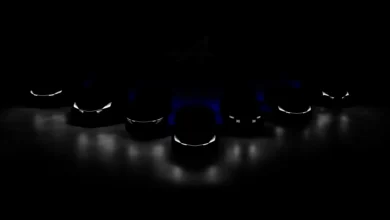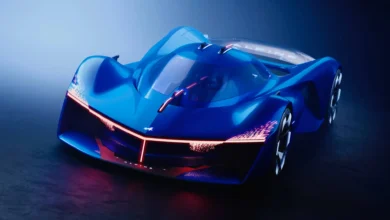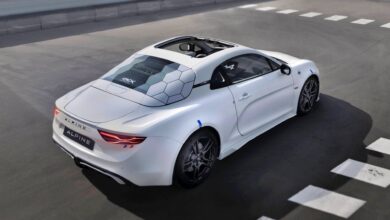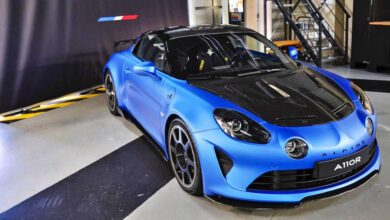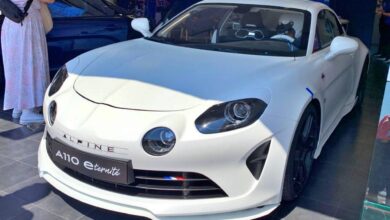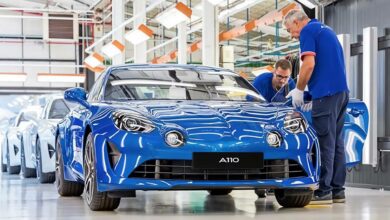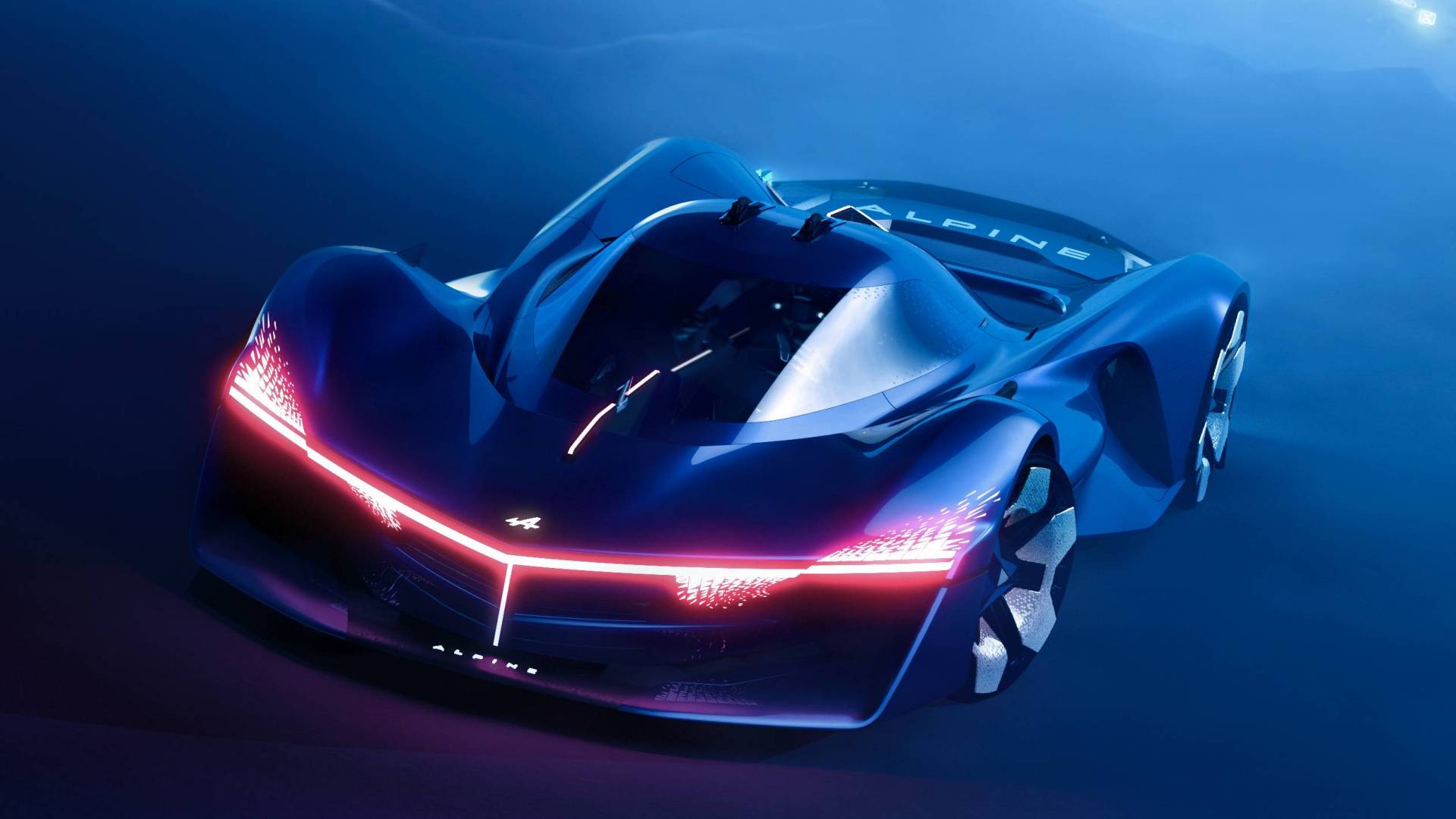
On the occasion of the Paris Motor Show, Alpine presented a prototype that serves as a preview of its future sustainable sports cars: the Alpenglow, a radical hypercar equipped with an internal combustion engine capable of running on hydrogen. Since its technical specifications have not been revealed, it is probably not a functional vehicle.
The term “Alpenglow” refers to a light phenomenon in which a horizontal streak of red-tinged light appears on mountains before sunrise and after sunset. For this reason, the concept car‘s headlamps are linked by a red LED line, even though the bodywork is painted blue.
The vehicle uses recycled carbon fiber to combine lightness with a reduced environmental impact. Its lines are an evolution of those seen in the 4810 prototypes and anticipate the design of a competition vehicle for the LMDh category that will arrive in 2024. This is evident if we look at its dimensions (more than 5 meters long, more than 2 meters wide, and less than 1 meter high).
Elements like the dual light signature will stick with future releases from the company, though others like the massive transparent active spoiler will likely never hit the streets. In the absence of confirmation, it would not be surprising if the snowflake-inspired wheels end up appearing on some production model.
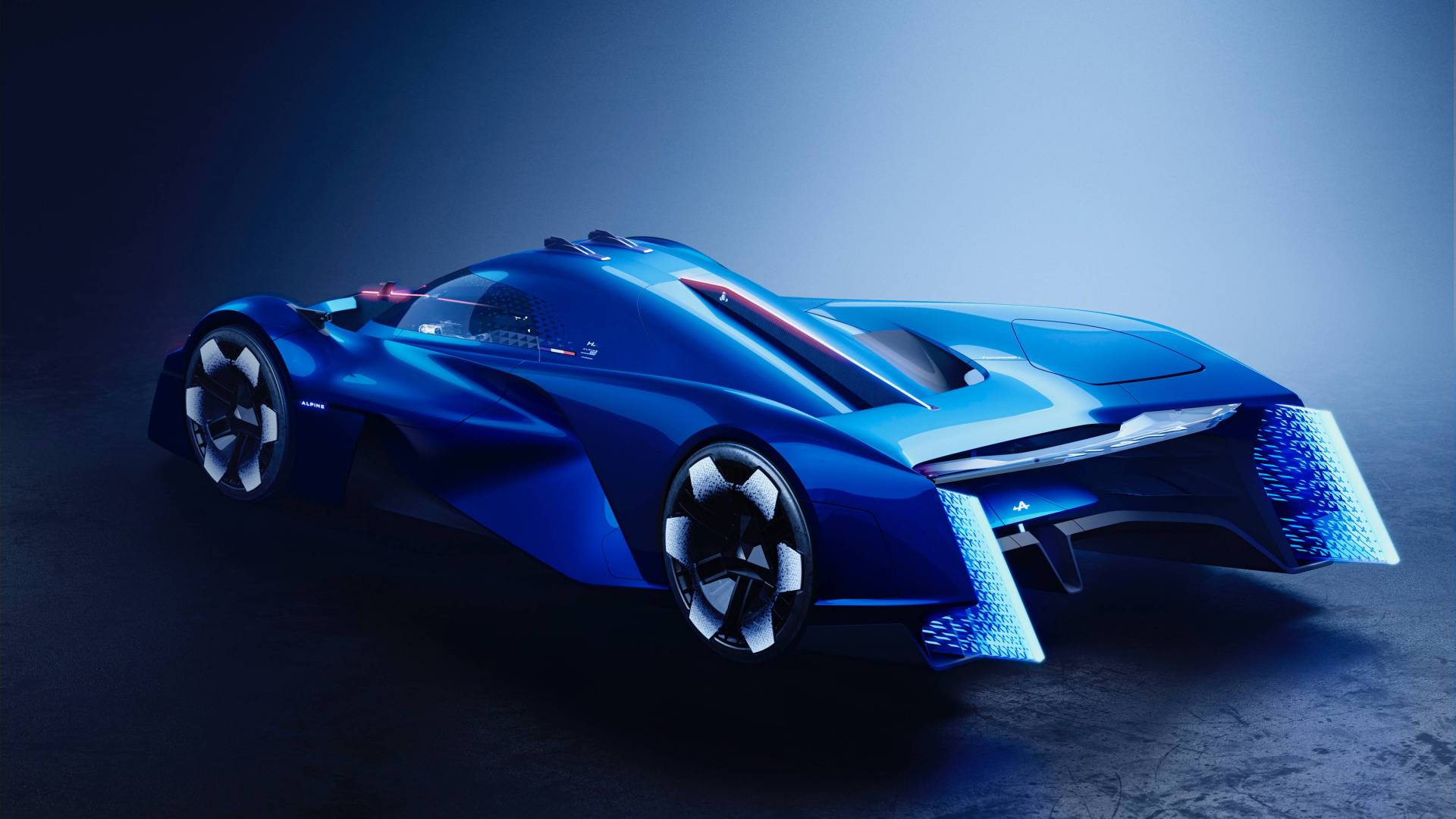
The Alpine Alpenglow will not reach production
The sports firm of the Renault Group believes that in the future electric cars (whether battery-powered or with a hydrogen fuel cell) will be able to coexist with thermal models powered by hydrogen. In the specific case of the Alpenglow, this fuel is stored in two cylindrical tanks at 700 bar. Alpine claims that the vehicle only produces steam and “roars.”
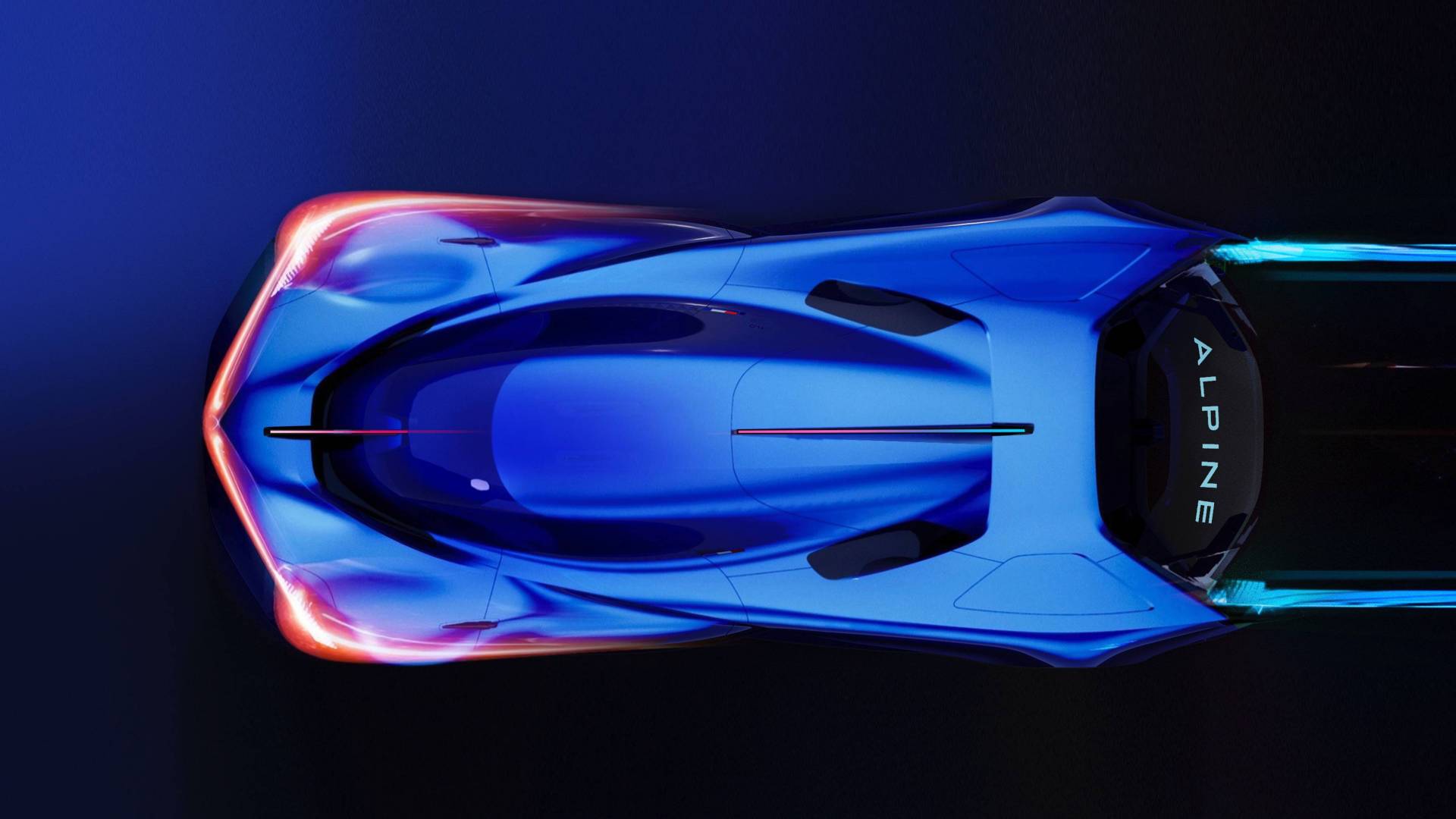
In the short term, Alpine has no plans to market a car equipped with an internal combustion engine capable of running on hydrogen, as its launch plan only includes electric models: a hot hatch based on the Renault R5 (2024), a crossover baptized as “GT X-Over” (2025) and a sports heir to the A110 (2026).
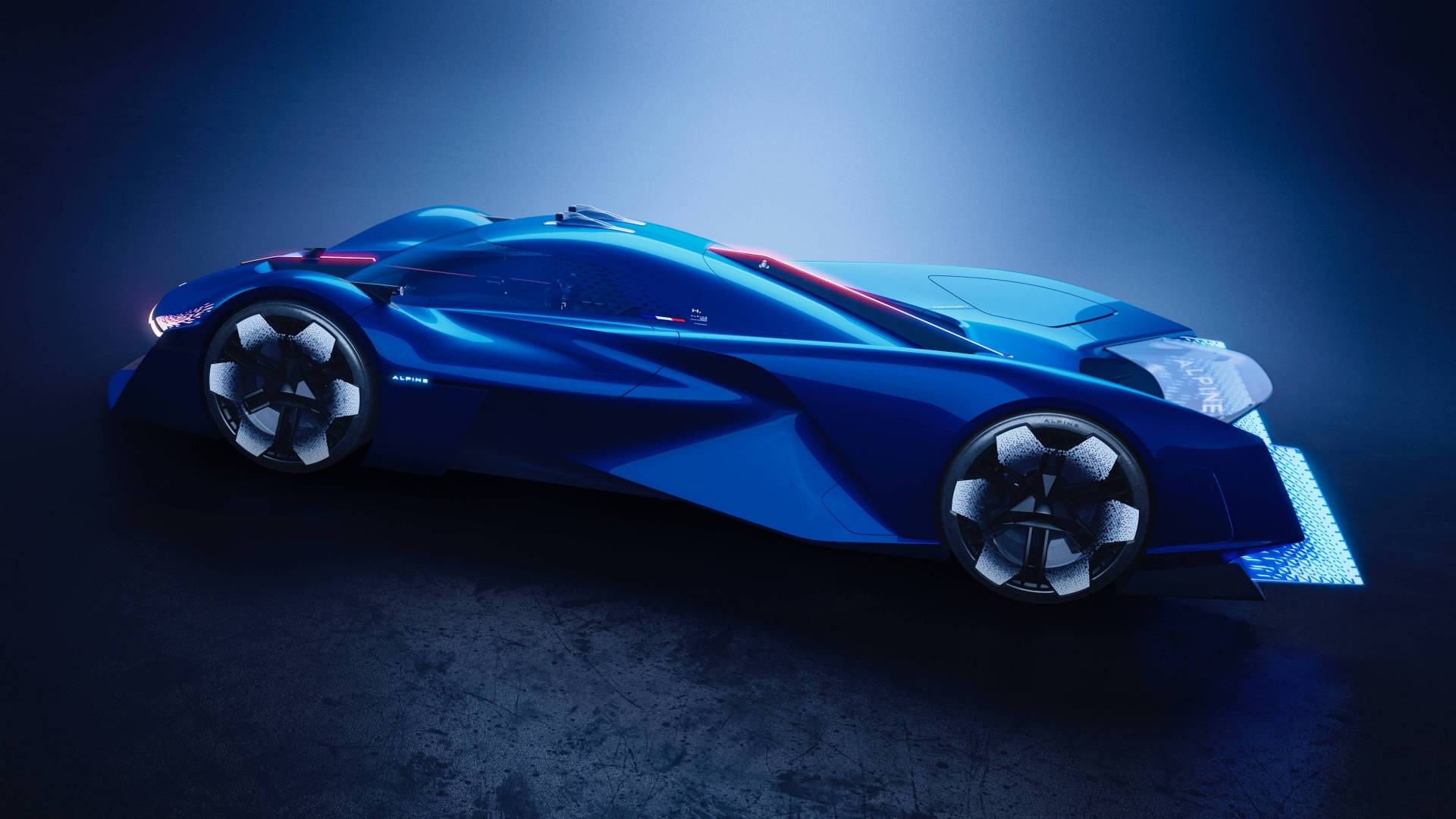
The biggest problem with hydrogen propellants, efficiency aside (a lot of electrical energy is required to obtain hydrogen through electrolysis, to which we would have to add the low performance of internal combustion engines), is that to achieve sufficiently large autonomies it is necessary the use of bulky tanks of hundreds of liters capacity, which makes many consider them unfeasible.
